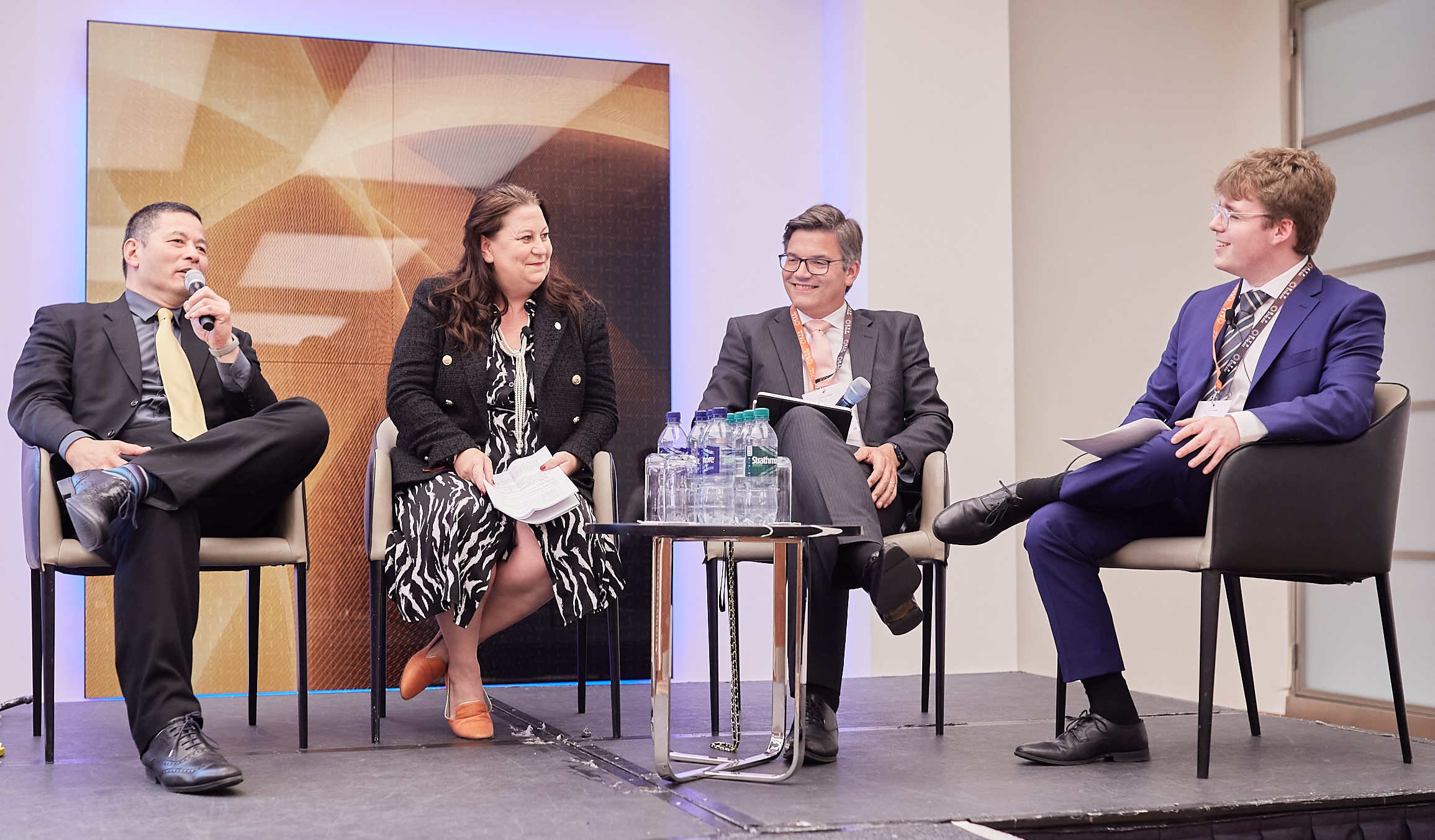At ETF Stream’sETF Ecosystem Unwrapped 2022 event, BNP Paribas Wealth Management’s CIO Edmund Shing emphatically said nuclear may be Europe’s only near-term option to decarbonise its energy mix, a conviction not unanimously shared by the continent’s regulators.
The European Commission faced stiff resistance after it published draft proposals to include nuclear and natural gas in its taxonomy of sustainable activities on 31 December last year, with Austria and Luxembourg forming a core of opposition threatening to bring a lawsuit before the European Court of Justice (ECJ).
Despite the proposals passing in the Complementary Climate Delegated Act in February, disagreements in Brussels are ongoing, as evidenced by MEPs in the Economic and Monetary Affairs Committee and Environment, Public Health and Food Safety Committee voting to adopt an objection to the Commission’s decision to include nuclear and gas in its taxonomy in June.
Also, despite the EU taxonomy’s currently more forgiving stance on divisive energies, the Commission’s green classification framework for funds, the Sustainable Finance Disclosure Regulation (SFDR), gives no quarter to Europe’s recently launched uranium ETFs, theSprott Uranium Miners UCITS ETF (URNM) and the Global X Uranium UCITS ETF (URNU).
In fact, the two ETFs are not offered the ‘dark’ or even ‘light’ green status offered by SFDR Articles 8 or 9 and are instead classified as Article 6, meaning they are seen as integrating no sustainability into their investment process – and may include stocks excluded by ESG funds.
This could change, however, after the European Parliament voted to include gas and nuclear in the European Union Taxonomy of sustainable activities earlier this month.
BNPP WM’s Shing (pictured left) believes much of the suspicion around atomic energy is misplaced.
He argued better solutions for low-carbon energy than nuclear fission may emerge in the long-term – perhaps even nuclear fusion – but in the next 10 years, we are unlikely to see another commercial technology that is tried and tested, low-emission and has the ability to offer “constant baseload electricity generation”.
The latter is a particular sticking point, in his view, for solar, wind, hydroelectricity and biomass which have a dependence on forces such as weather and can be difficult to scale due to relatively low energy intensity or production efficiency.
“If we are to truly transition away from internal combustion engine vehicles towards electric or hydrogen-powered vehicles in the next decades, we need a power source that is low carbon, highly efficient in generation terms and which can be scaled-up hugely,” he said.
“I of course understand the political pressures around nuclear reactors following Fukushima, for example, but note that even the Japanese government are racing towards embracing nuclear power anew given the geopolitical need to diversify power sources away from imported fossil fuels.”
This is a key issue for Germany’s Green Party leadership, which is currently in split minds about joining the resistance to nuclear’s inclusion in the EU taxonomy and the need to be pragmatic about its energy dilemma. This need has of course become more pronounced after plans for the Nord Stream 2 pipeline to access Russian gas were put on hold.
Shing continued, stating other common concerns are “overplayed”. For instance, he believes reactor risk can be further reduced as societies move away from large infrastructure to modular reactors, such as those produced by South Korean companies and closer to home, industrial names such as Rolls-Royce.
While generating power, risks can also be reduced by following the lead of Terrestrial Power Energy, which uses molten salt as a coolant instead of water, reducing the creation of flammable hydrogen gas, water wastage and the chance of steam explosions.
He added the issue of nuclear waste is overstated given the adoption of technologies that repurpose up to 90% of spent fuel, for instance, the Bill Gates-backed start-up TerraPower.
Overall, though, Shing forecasted decarbonising Europe’s energy mix cannot be done within the next few years if nuclear is not part of the equation. Indeed, nuclear and hydropower currently make up around 75% of the world’s low-carbon electricity, according to the International Energy Agency (IEA).
Similarly, it still makes up 25% of the EU’s and 19% of power supplies in the US, according to data from the World Nuclear Association.
“I believe that the real choice is between this, and energy rationing – which I do not think anyone wants or will support,” Shing concluded.
This article first appeared in ETF Insider, ETF Stream's monthly ETF magazine for professional investors in Europe. To access the full issue, click here
Related articles


